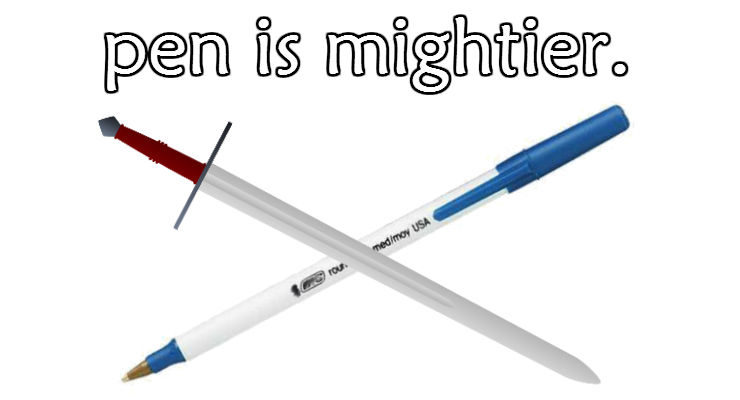
Jerod MacDonald-Evoy, writing for the Arizona Mirror, has the latest on some unusual reforms working their way through the Arizona legislature. Take a look:
For the first time ever in 2020, Arizona voters were given Sharpie permanent markers to mark their ballots at Arizona polls this year, and their use spawned false claims from Republican officials in Arizona and members of the state’s conservative fringe that election officials are using the markers to invalidate votes for Donald Trump and other GOP candidates.
Senate Bill 1023 by Sen. Kelly Townsend, R-Mesa, would bar county boards of supervisors from requiring that a specific marking pen be used on paper ballots and “shall not provide for use on ballots any pen that creates marks that are visible on the reverse side of the paper ballot or that otherwise may damage or cause a ballot to be spoiled.”
According to his bio at the Arizona Mirror:
Reporter Jerod MacDonald-Evoy joins the Arizona Mirror from the Arizona Republic, where he spent 4 years covering everything from dark money in politics to Catholic priest sexual abuse scandals. Jerod has also won awards for his documentary films which have covered issues such as religious tolerance and surveillance technology used by police. He brings strong watchdog sensibilities and creative storytelling skills to the Arizona Mirror.
Absolutely recommended as well is this guide for designing ballots putting together by the Center for Civic Design. Tips include things like using big enough type and using clear and simple language. The information contained in the guide comes from research conducted by the American Institute of Graphic Arts’ Design for Democracy Project that was paid for by the U.S. federal government’s Election Assistance Commission (EAC). Briefly, they describe the guides as:
There have been excellent ballot design guidelines around since mid-2007 when the U.S. Election Assistance Commission published AIGA Design For Democracy’s work in its report, Effective Designs for the Administration of Federal Elections. Everyone involved in that project quickly figured out that, as juicy as the design specs were in that report, they needed to be boiled down to essentials that local election officials could easily act on within the constraints they had. Field Guides To Ensuring Voter Intent were inspired by that need.
This “Sharpie” voting controversy may remind some of the ongoing “Selfie” voting scandals in several states. For example, here is a video of several experts testifying to the New Hampshire Legislature in 2017 about the potential problems and benefits to consider about ballot selfies:
Also see related Democracy Chronicles articles like those on the Founding Fathers, Election History, or even seen our section on American democracy.
Leave a Reply